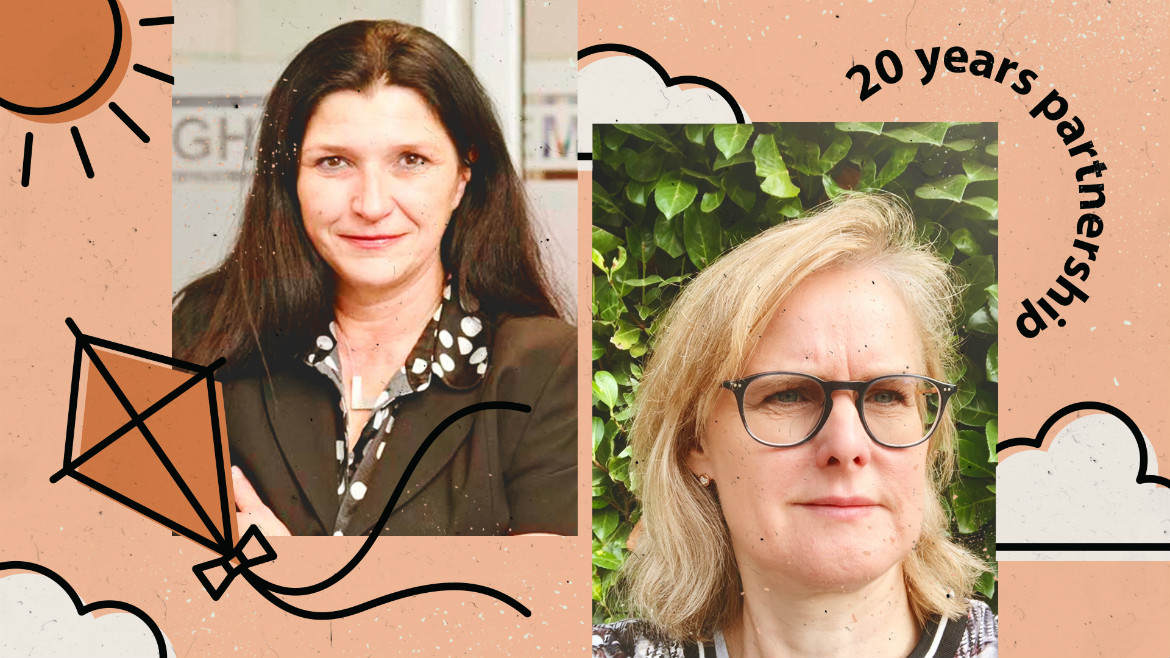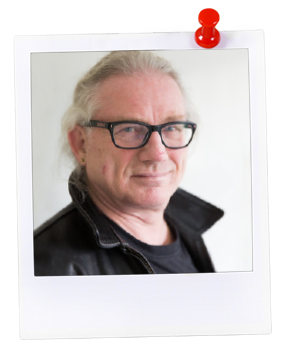Floor Van Houdt and Antje Rothemund reflect on the partnership
By Howard Williamson
29/10/2018
Floor Van Houdt is Head of the Youth Unit within the European Commission. Antje Rothemund is Head of the Youth Department in the Council of Europe. They spoke recently with our co-editor Howard Williamson.
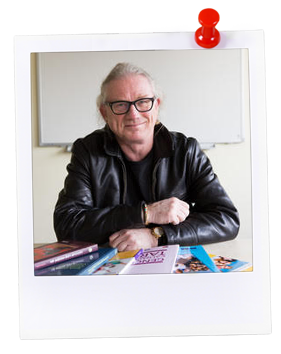
HW: Thank you to both of you for agreeing to consider a few questions. These are intended to provide both an institutional perspective and a slightly more personal view from the current heads of the youth sections of each of the institutional partners that first established and continue to sustain the youth partnership.
HW: The partnership is about to celebrate its twentieth anniversary. Are you surprised at its longevity?
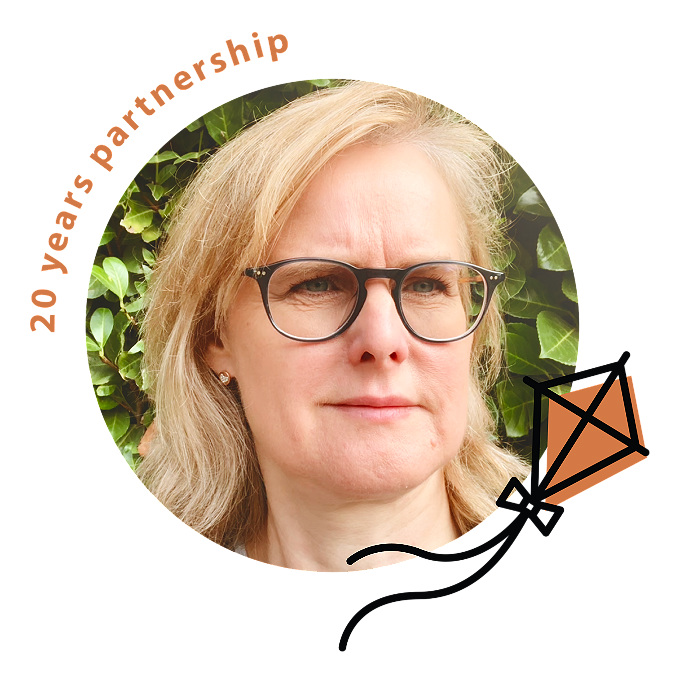
However, from a more personal perspective, I can assert that it has been interesting to observe how this co-operation has persisted up to this day, witnessing the coming and going of various renewals and different generations of programmes and policy strategies on the side of both the European Commission and the Council of Europe.
Based on its long years of experience, the co-operation has now reached a certain maturity around the nature and scope of our co-operation, as currently practised through the partnership. It creates new perspectives for the years to come.
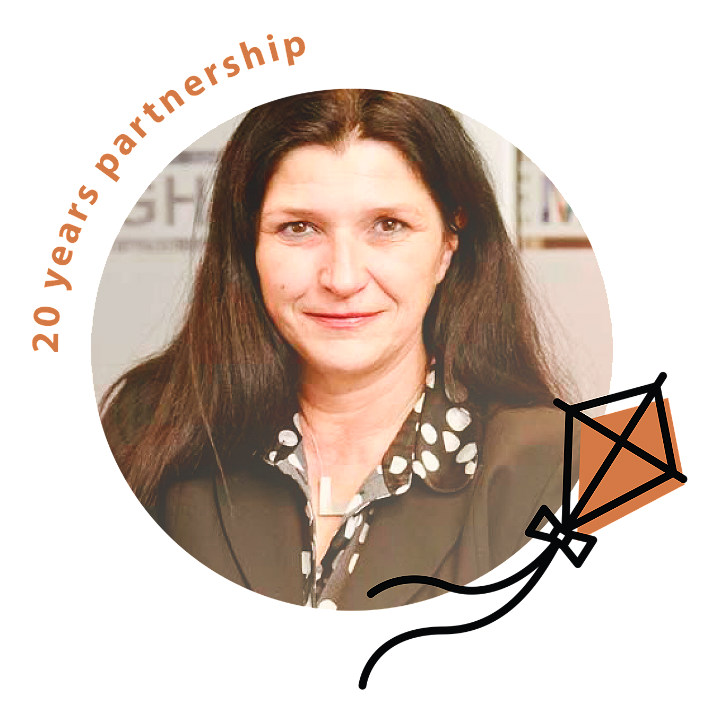
So, yes, I am positively surprised by the longevity, as two decades ago it was a daring and avant-garde project and the political process leading to the first covenant was complex. And, no, I am not surprised as, once it had finally taken off, there was little doubt that this co-operation was going to be very relevant and important.
HW: The framework of activity of the partnership has evolved over time, and its key work priorities have changed. Can you help readers to understand how that has happened? What are the reasons behind the contemporary framework of priorities within its work plan?

The two specific objectives are “Better knowledge” and “Promotion of youth work”. Under “Better knowledge” the partnership has a think-tank function aimed at establishing a clear picture of current and upcoming challenges and trends, based on various sources of evidence, including work by researchers in the Pool of European Youth Researchers (PEYR) network and dedicated events and papers. The partnership also has a clearinghouse function: collecting, validating and sharing the best knowledge available. Then there is the “Promotion of youth work”. This involves advocacy regarding the contribution of youth work to important activities for young people, such as civic participation and social inclusion, and attention to quality youth work and skills.
The two horizontal objectives are “Co-operation with a regional focus” and “Communication and information”. The regional focus is closely linked to the Council of Europe’s bigger geographic catchment area. It is without question that peer learning and capacity-building with our close neighbours and partners is precious. In this spirit, our current co-operation focuses on Eastern Europe and Caucasus, Western Balkans and Southern Mediterranean regions. Under “Communication and information” we disseminate the results of activities among a wider audience.
So each partner institution brings in its particular strengths. In the case of the EU, our half of the funding comes from the Erasmus+ programme. Erasmus+ funds many different projects in the fields of education, culture, youth and sport.

The Council of Europe’s youth sector was established in the 1960s; the European Youth Centre in Strasbourg, the European Youth Foundation and the co-decision-making structures – bringing together governmental and youth representatives – started in 1972. The European Union’s Erasmus programme was founded in 1987 and it became clear very quickly that international exchanges should also embrace “out-of-school education”, thus in 1988, the Commission started its first youth exchange programme Youth for Europe. The seasoned multilateral experience and know-how of the Council of Europe’s youth sector was an important reference for this new venture of the European Commission. The Council of Europe’s expertise and experience was also recognised, later on, when the larger Youth in Action Programme on European co-operation in the youth field was launched: its Article 7 stressed that “the Programme shall also be open to co-operation with international organisations with authority in the field of youth, in particular the Council of Europe”.
The reasons for the partnership’s priorities are to be found in the intersection of the two institutions’ priorities in the field of youth. Of course the focus has been redefined regularly over the past two decades in order to effectively address young people’s needs and realities, as well as the challenges they face. Presently, we are defining the work plan for 2019 looking towards the Council of Europe’s Youth Agenda 2030 and the future EU Youth Strategy. The partnership aims to strengthen fields that are of interest to both institutions and also their governmental and non-governmental partners. Youth participation, democratic citizenship, social inclusion and young people’s access to rights as well as youth work are presently defined as key areas where the co-operation between the institutions can bring added value to the youth sector in Europe.
HW: What, in your view, have been the most significant achievements of the partnership?


HW: What has been the partnership’s essential value to a) the youth sector in Europe and b) the institution you represent?


From the Youth Department’s point of view, the partnership has certainly strengthened and boosted the co-operation between the Council of Europe and the European Commission on themes relevant to young people in the greater Europe. As banal as it might sound, sustainable and results-based inter-organisational operational co-operation is a major achievement and should not, indeed cannot be taken for granted. The longevity of the partnership is living proof of the political will, but also the institutional support to combine our resources and experience in favour of young people.
HW: Looking ahead, do you see any need for strengthening the co-operation on youth with the other partner institution? How do you envisage the partnership contributing in the future to your institutional agenda for young people?

It may also be good to mention that for the next Erasmus+ programme (2021-27),[1] the Commission has proposed under Article 10, a legal base for “policy dialogue and cooperation with relevant key stakeholders, including Union-wide networks, European non-governmental organisations, and international organisations in the field of youth, the EU Youth dialogue as well as support to the European Youth Forum”. This shows that co-operation activities are part of a wider, more strategic vision of the value of our co-operation so far.

Government policies must support young people to realise their full potential, to enable them to develop life plans and exercise their rights. European institutions can and should assist member states in the development and implementation of youth policies as part of good governance – strong inter-institutional co-operation is indispensable in this respect.
With regard to the future contribution of the partnership, youth engagement and dis-engagement will certainly be an important subject for the Council of Europe. What motivates young people to participate? What hinders their participation? Which structures foster participation? With its blend of empirical and evidence-based research and its networks, the youth partnership is ideally placed and can draw on the Council of Europe’s experience in good governance and co-management as well as on the practical examples of the EU Youth Dialogue.
The training and education of youth workers is another important priority for the Council of Europe – the Committee of Minister’s Recommendation CM/Rec(2017)4 on youth work is an important step forward in this respect. The partnership has already contributed to its implementation with a Europe-wide mapping exercise; the result shows huge differences in the existing (or non-existent) youth work and qualification provisions in member states.
A seminar on educational paths for youth workers to be hosted by the Finnish Chairmanship of the Committee of Ministers of the Council of Europe in Helsinki in February 2019 will be an important event to advocate for better provisions for youth workers’ training.
The 3rd European Youth Work Convention will be held in Germany in 2020 when Germany simultaneously holds the EU Presidency and the Chairmanship of the Committee of Ministers of the Council of Europe. This event will be another milestone in moving the youth work agenda forward.
On a more practical level, we should be aware that more and more players, also commercial agencies, are moving into the European youth sector as more funds are made available, in particular through the Erasmus+ programme. Competition sometimes dominates co-operation, which can be in contradiction to the values youth work wishes to convey. In my opinion, the partnership may have to contribute even more than now to the quality development and quality assurance of youth work on the European level so that the achievements of the sector are not diluted and proven methodological and educational concepts are not watered down or used irresponsibly. For example, we know for sure that intercultural learning does not happen automatically simply by travelling or meeting people of different backgrounds. Intercultural encounters which are not responsibly facilitated might even reinforce stereotypes and prejudices they intend to question.
The partnership and PEYR might be needed to assist the community of practice to deal with the ever-increasing demands to measure and assess the impact of youth activities – both institutions would benefit from this.
HW: On a slightly more personal level, what are your most meaningful or striking memories and moments in relation to the partnership?


HW: And finally, as a kind of “parting glass”, do you have any particular wishes for the partnership?


HW: Thank you both very much for your incisive and illuminating remarks!
[1] 30.5.2018, COM(2018) 367.

